 by Bailey Shevenell
by Bailey Shevenell
The poem, What Shall I Tell My Children Who Are Black by Margaret Burroughs, is a story that describes the fear that Black woman experience as they brought children into the world and were mothers during the 1960s. A video of Burroughs reading her poem is shown below.
The first stanza of the poem reads,
What shall I tell my children who are black
Of what it means to be a captive in this dark skin
What shall I tell my dear one, fruit of my womb,
Of how beautiful they are when everywhere they turn
They are faced with abhorrence of everything that is black.
Villains are black with black hearts.
A black cow gives no milk. A black hen lays no eggs.
Bad news comes bordered in black, black is evil
And evil is black and devils’ food is black…
Burroughs first presents the question, “what shall I tell my children who are black,” showing the pain that she feels as a Black woman already dealing with inequality (1). It is clear that the despair she is experiencing is so strong she cannot bear to have her children, who she cares so much about, experience it as well. When she says, “what shall I tell my dear one, fruit of my womb,” it is clear that she also sees so much of herself in her children, signifying the life of humiliation and pain she has already experienced (3). Due to the life she has lived, she knows that her children will also experience a life of inequality, and she doesn’t want them to have to go through the same things. Finally, she explains how everything bad is associated with the color black which sets the deep, dark tone that is experienced in the world of a black woman during this time. This stanza begins the discussion of how the colors black and white are deeply engraved into many aspects of culture which creates an internal bias.
The second stanza of the poem contrasts the color black with everything that is good. It reads,
What shall I tell my dear ones raised in a white world
A place where white has been made to represent
All that is good and pure and fine and decent.
Where clouds are white, and dolls, and heaven
Surely is a white, white place with angels
Robed in white, and cotton candy and ice cream
and milk and ruffled Sunday dresses
And dream houses and long sleek cadillacs
And angel’s food is white…all, all…white.
In this stanza, Burroughs explains that white things associated with good things, such as clouds, heaven, and angels, have been deeply rooted in our society creating a bias. Here, the author points out that there is a direct correlation between skin color and the societal bias that has been created, and how even white skin has been made to be “pure and find and decent” (12). She also uses “Sunday dresses” as an image for something that is meant to be white and pure. This image reminded me of the scene in the movie Selma (2014), that showed the four little girls that were victims of the 16th Street Church bombing in Birmingham, Alabama. In this scene, the four little girls are walking down the stairs, and although they are not dressed in completely white, all of their dresses are various shades of very light colors, showing that even these young black girls will wear white to church as their “Sunday best.” Below is a clip of the church bombing scene in Selma.
After explaining the way colors create a sense of bias in everyday life, Burroughs goes on to give a very real example of a way in which a black child could feel as though they are different or targeted. The third stanza reads,
What can I say therefore, when my child
Comes home in tears because a playmate
Has called him black, big lipped, flatnosed
and nappy headed? What will he think
When I dry his tears and whisper, “Yes, that’s true.
But no less beautiful and dear.”
How shall I lift up his head, get him to square
His shoulders, look his adversaries in the eye,
Confident of the knowledge of his worth,
Serene under his sable skin and proud of his own beauty?
By pointing out differences between Black and White people, the author explains that despite people’s differences, no one person is more superior than another. This is very important, both today and in the times of the Black Arts Movement, to be able to recognize these differences, but then understand that difference is what creates the beauty and diversity of society. Being able to accept this diversity can then build confidence that each person is unique in their heritage and appearance.
In addition to being a poet, Margaret Burroughs was also an artist. The second part of the second stanza is beautifully illustrated in some of her paintings shown below.
In the first art piece, a woman is displayed as half black and half white in the face, with the opposite color in the neck. This painting reflects exactly what is being said in the stanza because although there is clearly a difference in skin color or other features of the body, it still creates a person that is the same as any other. The second piece is also representing the same idea, with different colors throughout the many faces. These paintings describe how it takes all colors to create the body and society that all people share. It also displays the importance of skin color, and how everyone ultimately relies on each other despite any differences there may between any individual. This is a very powerful message to make, especially in the Black Arts Movement because it is emphasizing the importance of unity and dependence on one another to create social and political change for equality. The theme of this unity seems to be a reoccurring idea in many of Burroughs art pieces. More of her artwork is shown below, all of which displaying people of different skin colors participating in the same activities and being equal members of society.
The next stanza reads,
What can I do to give him strength
That he may come through life’s adversities
As a whole human being unwarped and human in a world
Of biased laws and inhuman practices, that he might
Survive. And survive he must! For who knows?
Perhaps this black child here bears the genius
To discover the cure for…Cancer
Or to chart the course for exploration of the universe.
So, he must survive for the good of all humanity.
He must and will survive.
I have drunk deeply of late from the foundation
Of my black culture, sat at the knee and learned
From Mother Africa, discovered the truth of my heritage,
The truth, so often obscured and omitted.
And I find I have much to say to my black children.
Burroughs outlines her thoughts of how to create this sense of confidence in her children. In this stanza, she continues the discussion of how all people are created equal. She talks about how her children are no different than a white child that will grow up and be capable of doing great things with their lives such as, “discover the cure for cancer,” or, “chart the course for exploration of the universe” (35-36). After explaining this equality, she then goes on to talk about how she has discovered the truth of where she comes from which has significantly helped her with her own acceptance. This stanza seems to shift the mood from a fearful mother that lives in pain for herself and her children, to a confident mother that knows exactly what to say to her Black children.
She then goes on to explain exactly what she will say to her children who are Black:
I will lift up their heads in proud blackness
With the story of their fathers and their fathers
Fathers. And I shall take them into a way back time
of Kings and Queens who ruled the Nile,
And measured the stars and discovered the
Laws of mathematics. Upon whose backs have been built
The wealth of continents. I will tell him
This and more. And his heritage shall be his weapon
And his armor; will make him strong enough to win
Any battle he may face. And since this story is
Often obscured, I must sacrifice to find it
For my children, even as I sacrificed to feed,
Clothe and shelter them. So this I will do for them
If I love them. None will do it for me.
I must find the truth of heritage for myself
And pass it on to them. In years to come I believe
Because I have armed them with the truth, my children
And my children’s children will venerate me.
For it is the truth that will make us free!
Finally, the mood of the poem has shifted completely from the pain due to differences and inequality, to joy due to the pride she has developed through the knowledge of her heritage. This stanza clearly shows how much she has been impacted knowing where she comes from, and her passion to discover even more. This is also a very important part of the Black Arts Movement because it was the sense of community that created the strength to overcome so many social and political obstacles that held people of color back. The power in the words, “his heritage shall be his weapon / and his armor will make him strong enough to win / any battle he may face,” shows how this has also been a weapon for herself, which is exactly what she will tell her children who are Black (51-53).
In addition to being a poet and author, Burroughs spent much of her lifetime searching for information of her heritage. Throughout the 1940s and 50s, she began collecting to create what is now known as the DuSable Museum of African American History, which was opened in 1961 in the downstairs of her very own home. She even taught classes on how to teach others of African-American history and culture as form of social activism in Chicago. This poem provides evidence of the inspiration behind the opening of this museum, which is particularly strong in the last stanza. It is clear that Burroughs was passionate about educating other society, especially other Black people, the truth about where Black people came from to fully embrace the beauty and importance of their lives. The fact that this museum was opened in the 60s, during the Black Arts Movement also very important because this was such an important time for people to obtain this knowledge to strive towards acceptance of themselves and each other. Today the museum still stands. Images of the museum past and present are shown below.
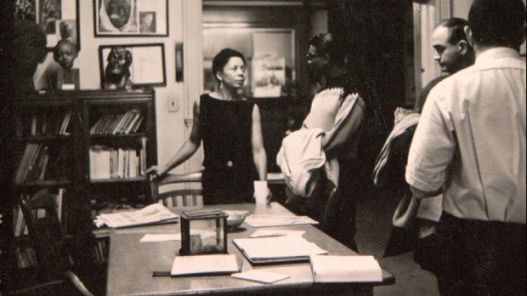
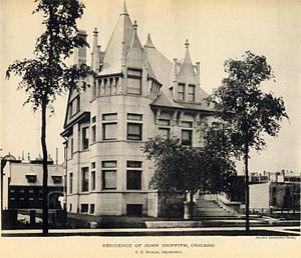
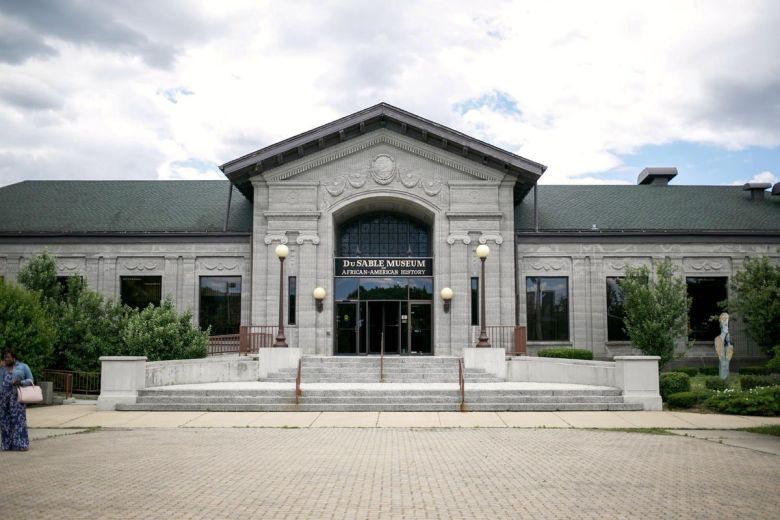
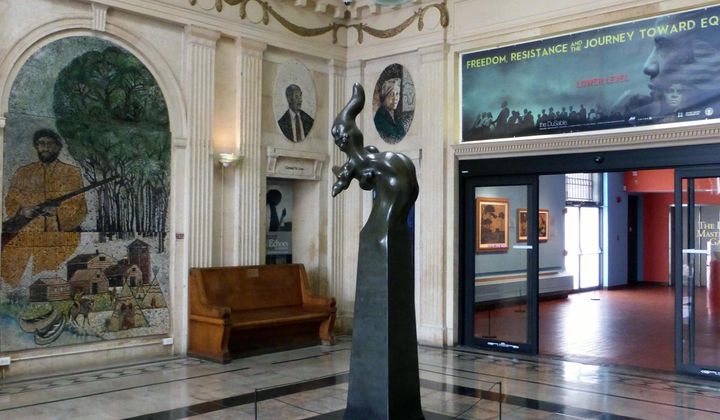
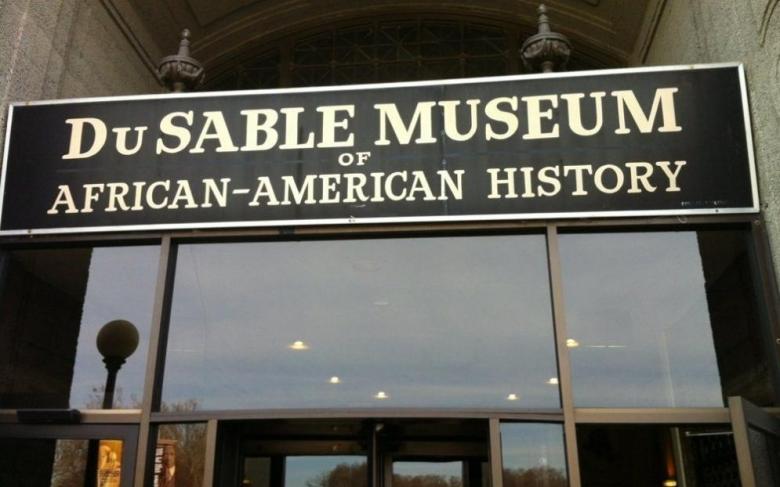
Click here for more information and a video of the DeStable museum.
Works Cited
Burroughs, Margaret. “What Shall I Tell My Children Who Are Black (Reflections of an African-American Mother) by Margaret Burroughs.” Poetry Foundation, Poetry Foundation, http://www.poetryfoundation.org/poems/146263/what-shall-i-tell-my-children-who-are-black-reflections-of-an-african-american-mother.
Eschner, Kat. “America’s Oldest Museum of Black Culture Started in a Living Room.” Smithsonian.com, Smithsonian Institution, 1 Nov. 2017, http://www.smithsonianmag.com/smart-news/americas-oldest-museum-black-culture-started-living-room-180965354/.
“Museum Faces: Margaret Burroughs.” Great Museums, greatmuseums.org/explore/more/museum_faces_margaret_burroughs.
“SOUTH SIDE STORIES – THE ART AND INFLUENCE OF DR. MARGARET T. BURROUGHS TO OPEN SEPTEMBER 13, 2018 AT THE DUSABLE MUSEUM.” Chicago Citizens Newspaper, thechicagocitizen.com/news/2018/sep/06/south-side-stories-art-and-influence-dr-margaret-t/?page=2.
Staff. “What Shall I Tell My Children Who Are Black?: A New Black Arts Movement for a New Generation.” The Black Youth Project, 15 Mar. 2013, blackyouthproject.com/what-shall-i-tell-my-children-who-are-black-a-new-black-arts-movement-for-a-new-generation/.





